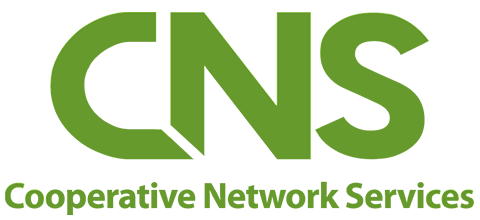
The list of anticipated broadband funding proposals seems to be growing all the time. As we’ve watched the evolution of these programs’ requirements alter and change over time, we got curious; we wondered how many areas might be eligible if the speed threshold for funding was “less than 100Mb.”
So, we mapped it.
Using the data readily available from up-to-date 477 reporting, CNS’s Broadband Operations Map displays regions that are not presently offering download speeds of 100Mb and are in locations where funding structures from the U.S. government are not currently in place to finance broadband implementation, such as the following:
- ACAM I
- ACAM II
- CAF II Auction
- RDOF
- USDA ReConnect
- Community Connect
Although there are many considerations and variables in concerns of the data provided and the results that are presented in this map, the objective is the have something to use as a baseline for broadband leaders and the industry’s stakeholders to have at their disposal when examining rules for future broadband funding initiatives. Of course, all datasets have drawbacks, but this map provides a foundation for understanding the states of rural communities in terms of the broadband speeds they’re able to offer the residents and businesses in their areas.
Where Our Broadband Operations Map Data Comes From
We used the FCC 477 data to derive an illustration of the in the U.S. that are not currently receiving 100Mb terrestrial tech codes download, 25/3 all terrestrial tech codes, or 25/3 wireline speeds. The map also showcases areas that do not have specific federal funding allocated to be upgraded to provided 100Mbps or 25/3 Mbps broadband in a separate layer within the map. Our Broadband Operations Map includes layers for approximately 30 broadband datasets and includes tools from which the data can be extracted.
The Map Does Not Tell the Whole Story!
As noted, no dataset is perfect. The intent of this map is to provide a large-scale overview of discussions around the effects of speed thresholds on funding programs. Due to many factors and funding mechanisms, this map does not provide details at a granular level for specific project planning without additional research. By turning on the ‘Imagery’ layer in the upper-right corner of the map, you’ll be able to see how many serviceable locations may exist in potentially eligible areas.
In the case of our Broadband Operations Map, some information may be overstated or understated in some locations due to a variety of reasons, including:
Time Lags
The FCC’s 477 data does not reflect recent construction and upgrades due to the lag of reporting and the delay in public release of such data.
Global Speed Reporting
The 477 data is reported at the census block level; thus, the entire block is deemed at the same level as the highest-advertised download speed of any location in the block. It is not necessarily true that every location within that block is receiving that highest-advertised download speed.
Self-Reporting of Carriers
Carriers self-report, and in doing so, report the “highest-advertised speed available.” In rural areas, this number is often overstated (possibly significantly at times), which will skew the map’s illustrations. Additionally, some carriers appear to incorrectly report the blocks they serve.
Using CNS’s Broadband Operations Map
It’s important to note that this map shows the best-case scenario for areas that do not yet have access to 100Mb or 25Mb download speeds. There are many variables when it comes to creating maps such as our Broadband Operations Map, but the information found within this tool is a great starting place for high-level discussions about broadband availability. If you’re ready to see what the buzz is all about, you can purchase CNS’s Broadband Operations Map online today!
